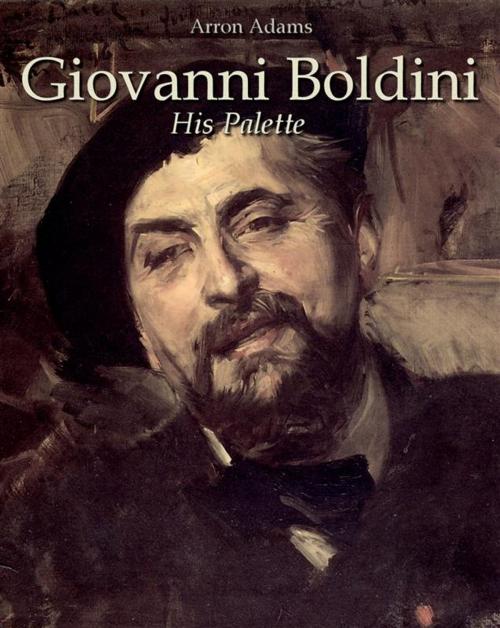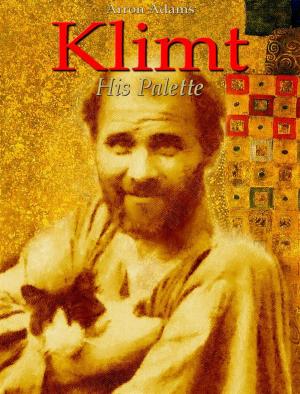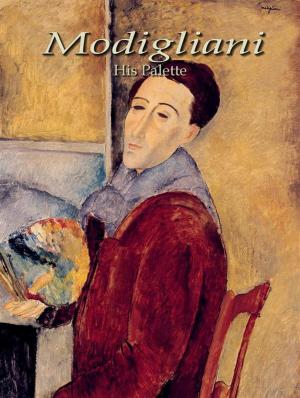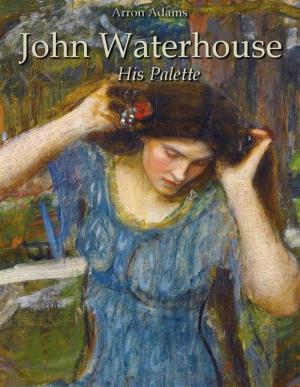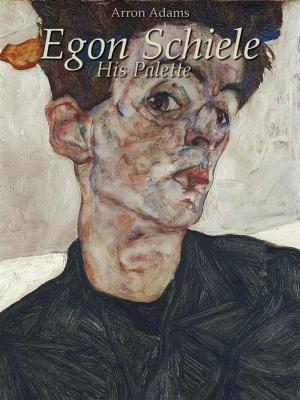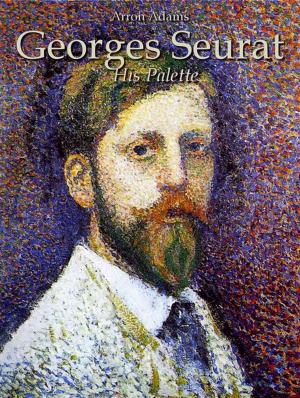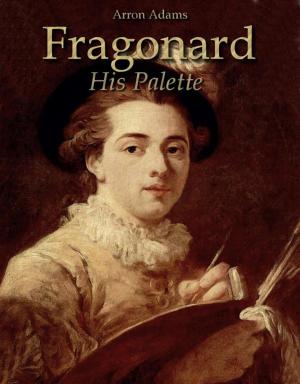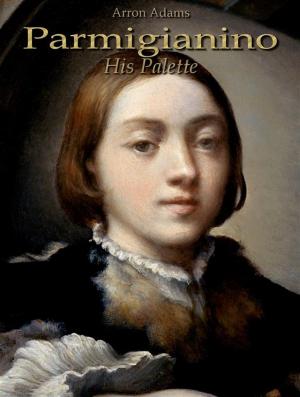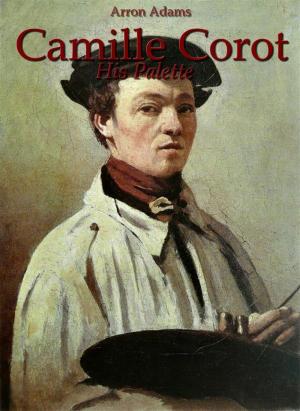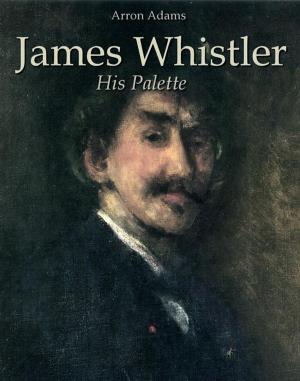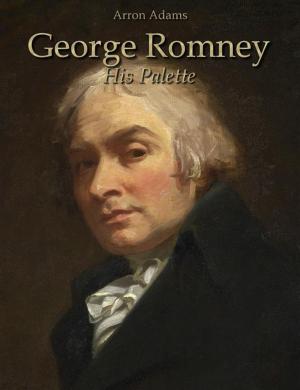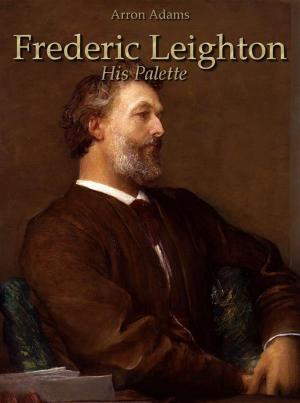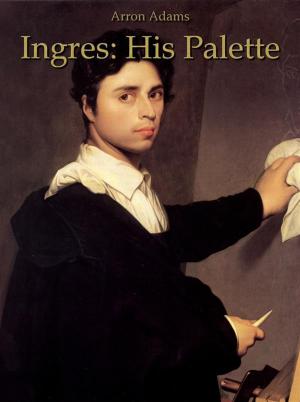| Author: | Arron Adams | ISBN: | 9786050421002 |
| Publisher: | Arron Adams | Publication: | April 16, 2016 |
| Imprint: | Language: | English |
| Author: | Arron Adams |
| ISBN: | 9786050421002 |
| Publisher: | Arron Adams |
| Publication: | April 16, 2016 |
| Imprint: | |
| Language: | English |
Giovanni Boldini (1842 – 1931) was an Italian genre and portrait painter. According to a 1933 article in Time magazine, he was known as the "Master of Swish" because of his flowing style of painting. His paintings showed his subject in soft-focus, elongated, in movement, alive, and sophisticated. The brush work on his paintings was swift and bold. It is the masterful brushwork that gives his paintings the sense of motion. He painted mostly portraits and also landscapes in the naturalistic style of his day, influenced by the Macchiaioli schooled artists he knew in Florence, and worked on engravings, with pastels, watercolors and etchings. He became the most fashionable portrait painter in Paris in the late 19th century, with a dashing style of painting which shows some Impressionist influence but which most closely resembles the work of his contemporaries John Singer Sargent and Paul Helleu. Only toward the end of his long life, did his style change, using mainly dark, rich colors.
Giovanni Boldini (1842 – 1931) was an Italian genre and portrait painter. According to a 1933 article in Time magazine, he was known as the "Master of Swish" because of his flowing style of painting. His paintings showed his subject in soft-focus, elongated, in movement, alive, and sophisticated. The brush work on his paintings was swift and bold. It is the masterful brushwork that gives his paintings the sense of motion. He painted mostly portraits and also landscapes in the naturalistic style of his day, influenced by the Macchiaioli schooled artists he knew in Florence, and worked on engravings, with pastels, watercolors and etchings. He became the most fashionable portrait painter in Paris in the late 19th century, with a dashing style of painting which shows some Impressionist influence but which most closely resembles the work of his contemporaries John Singer Sargent and Paul Helleu. Only toward the end of his long life, did his style change, using mainly dark, rich colors.
